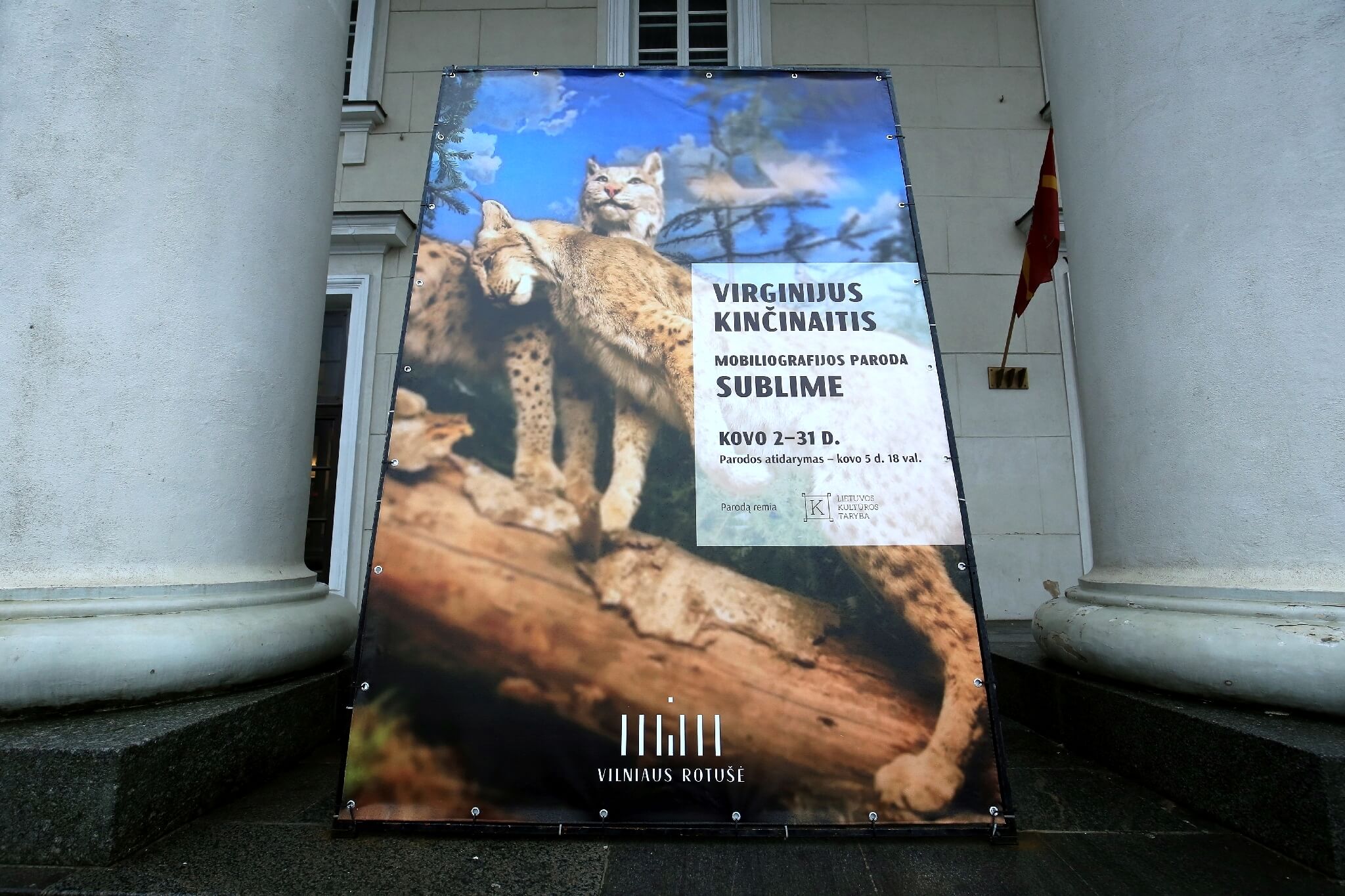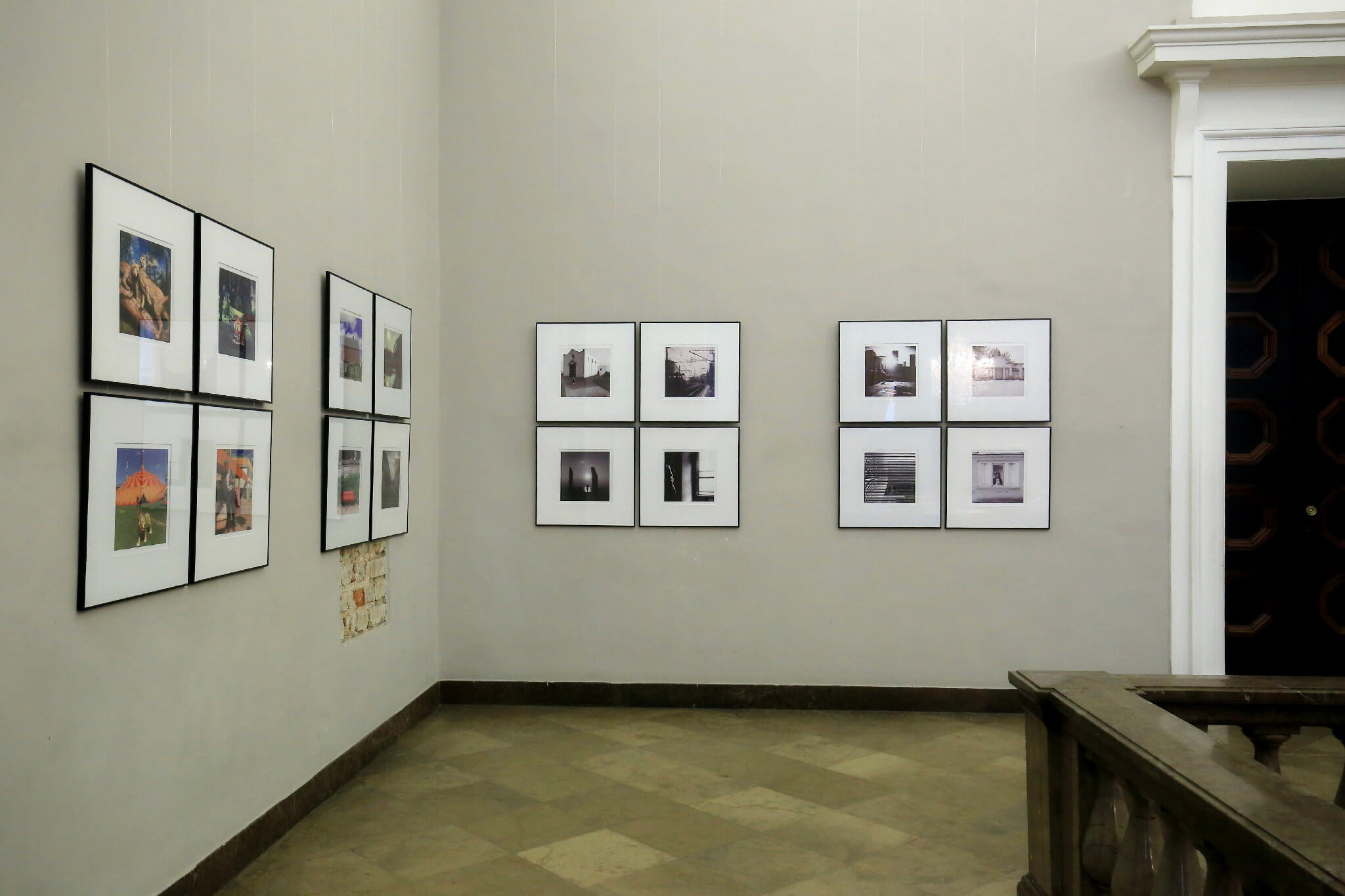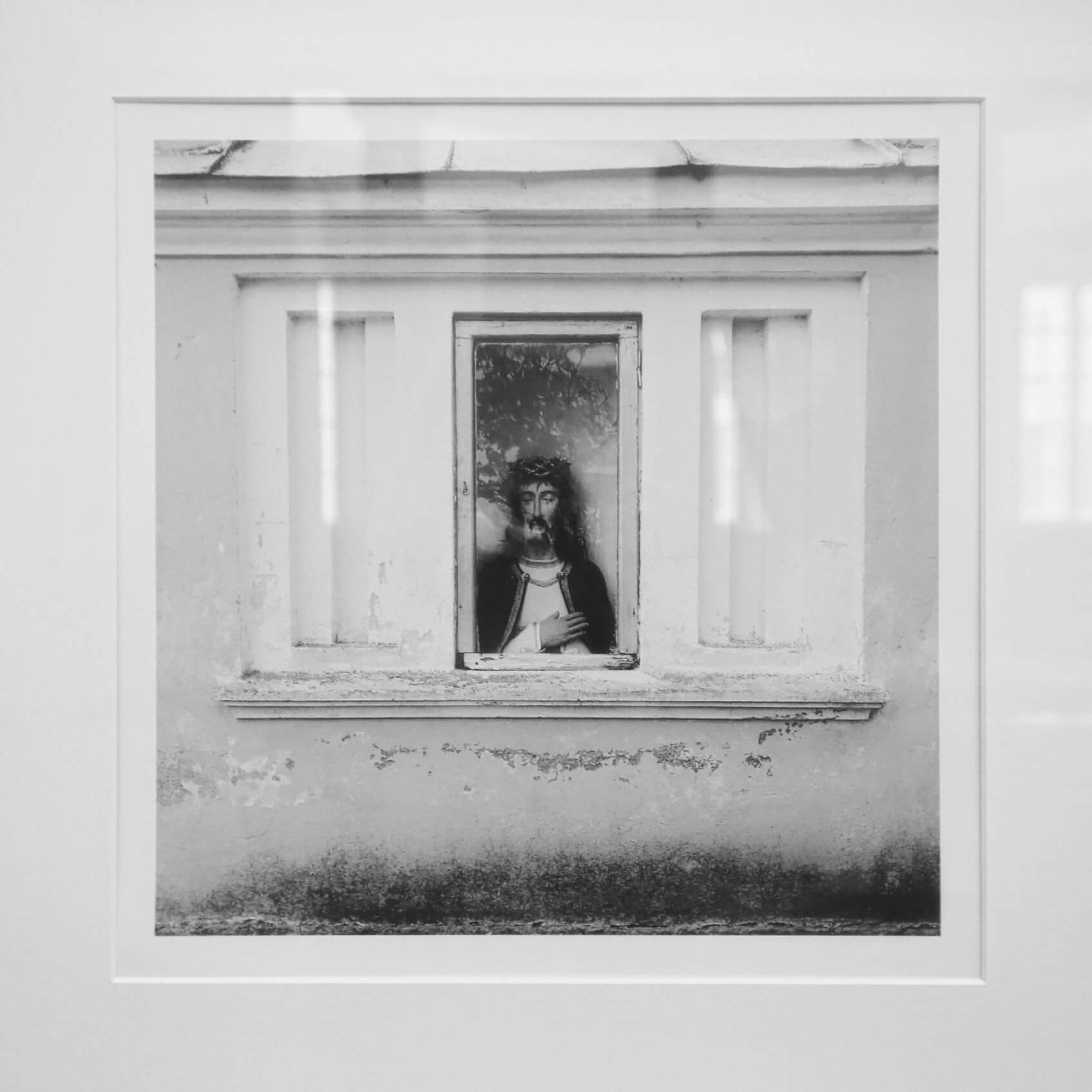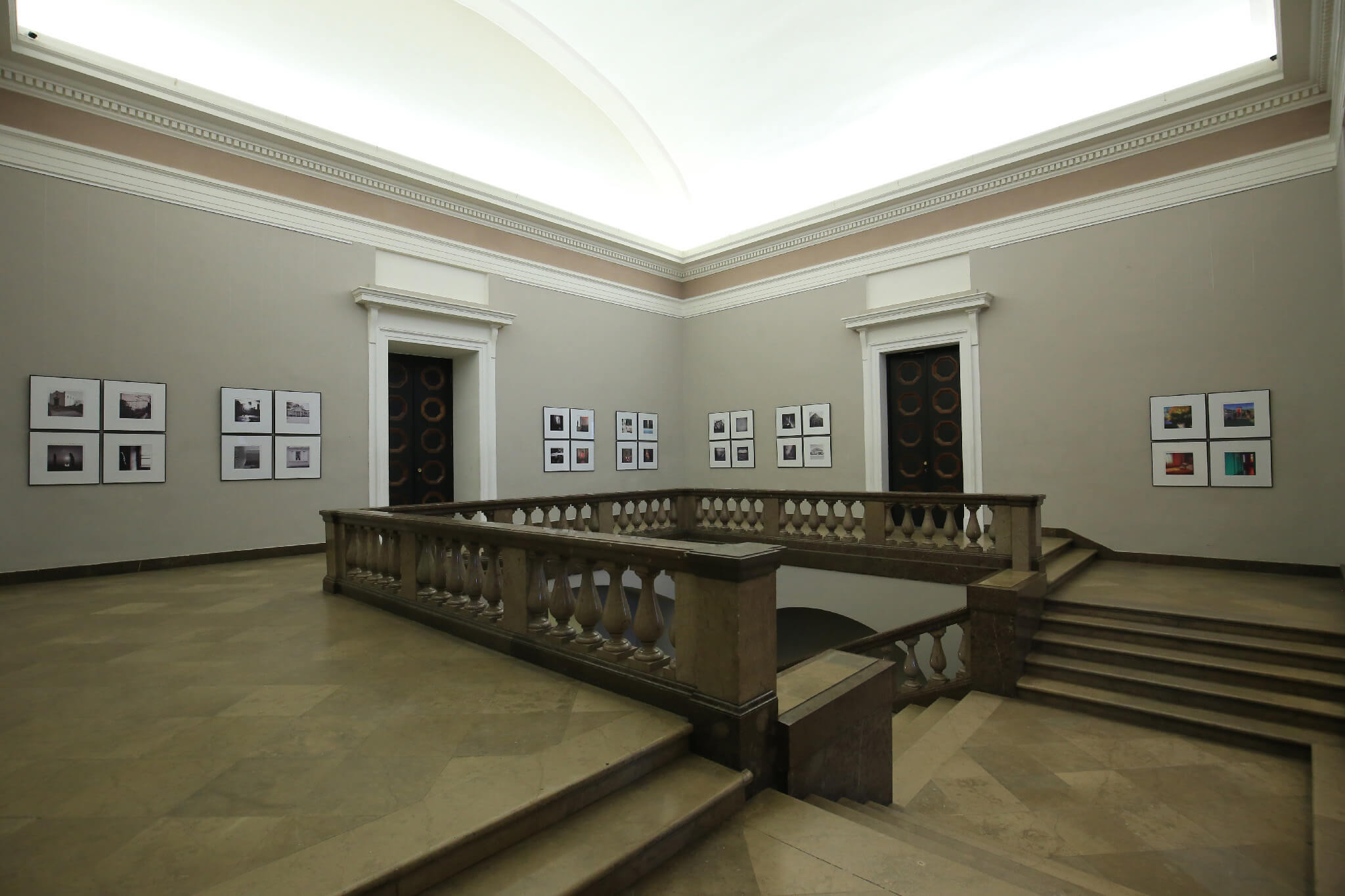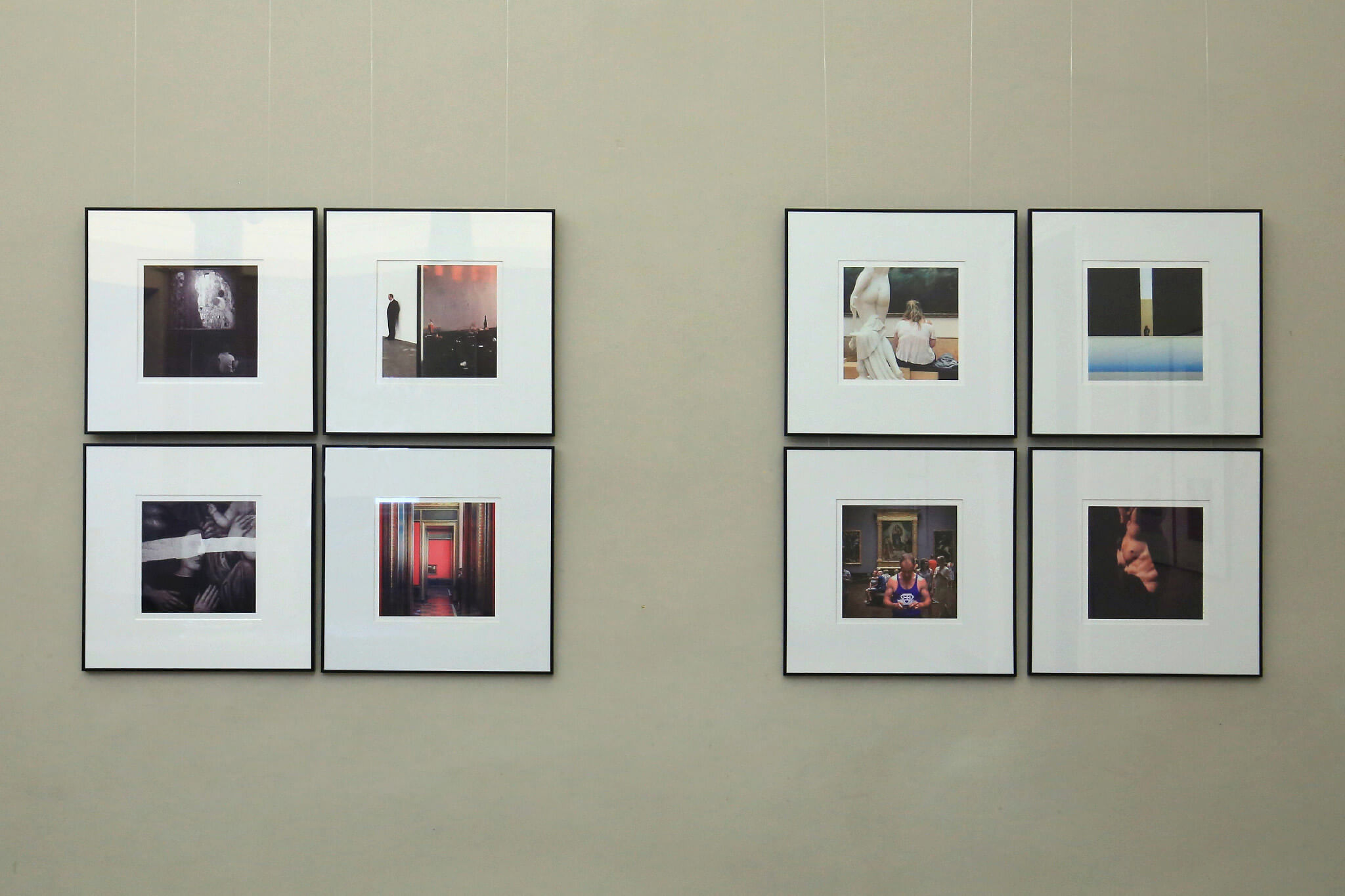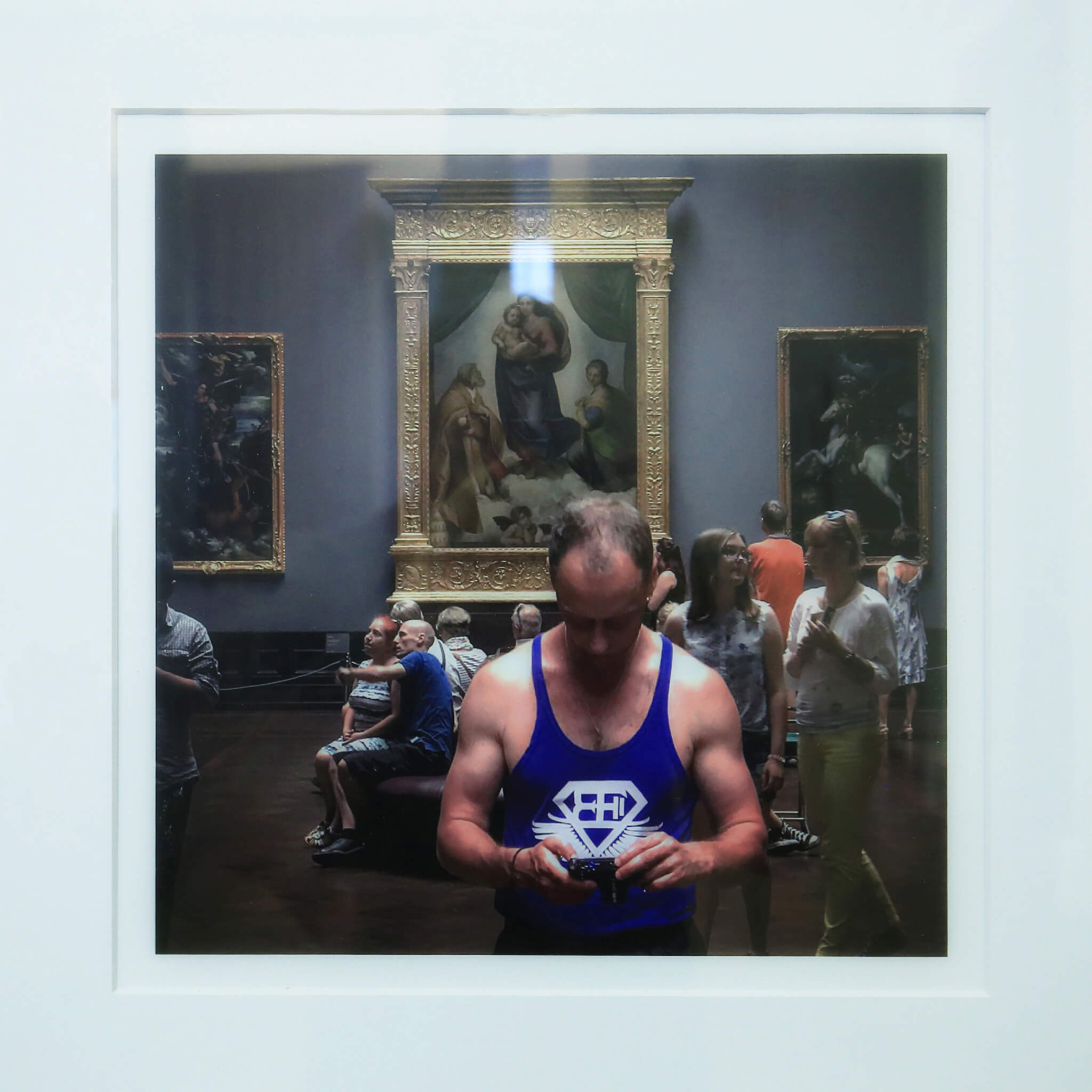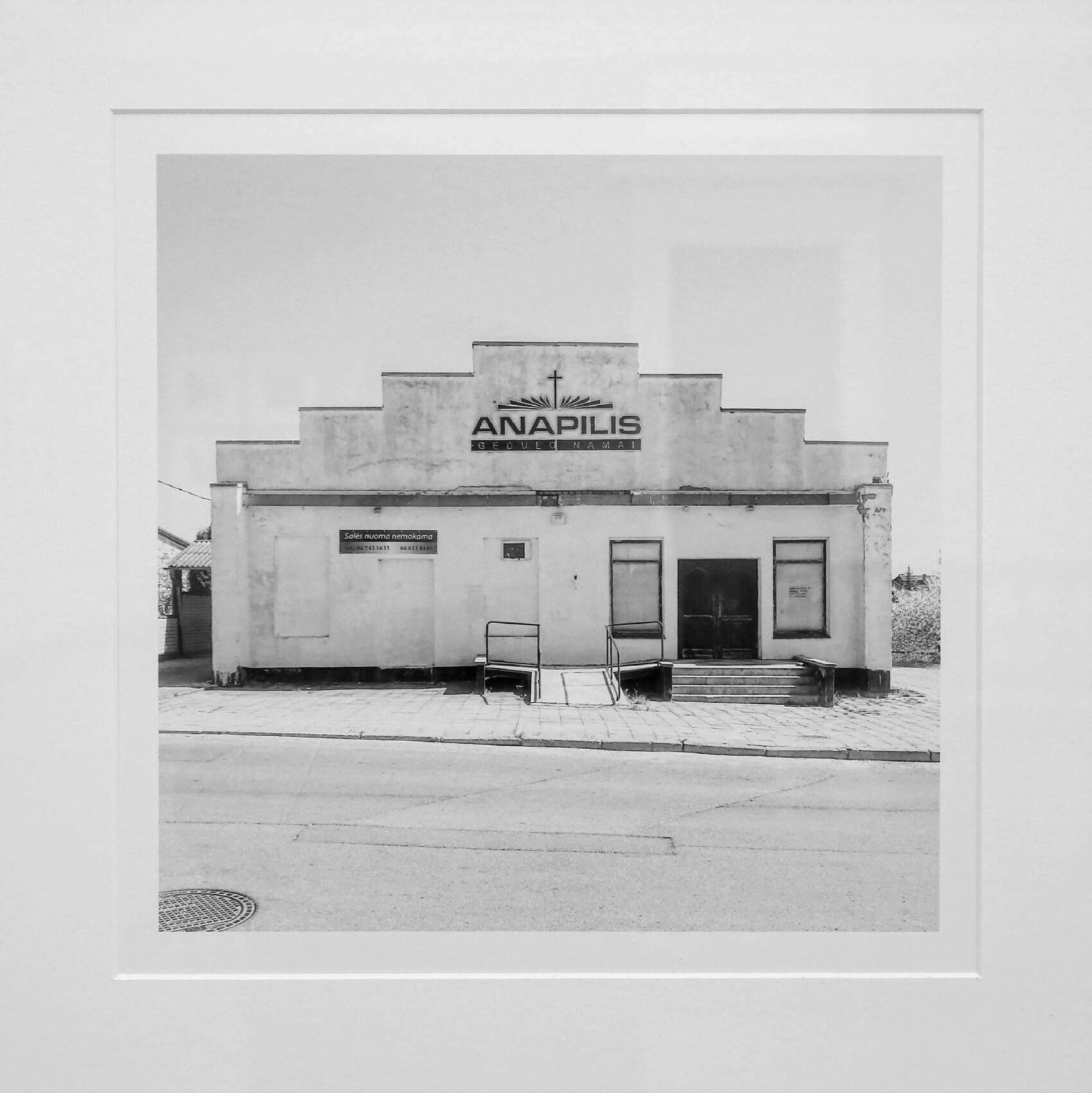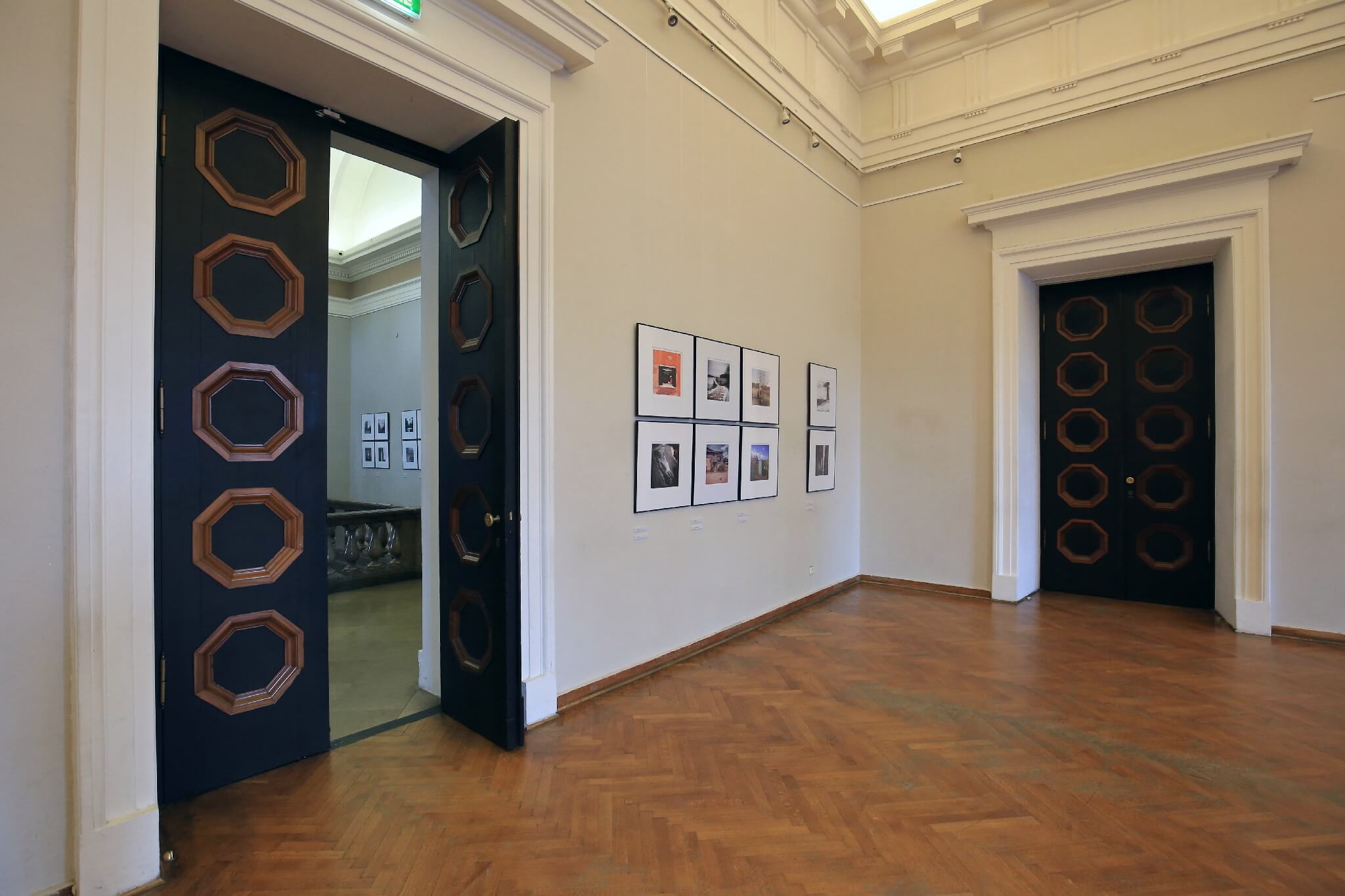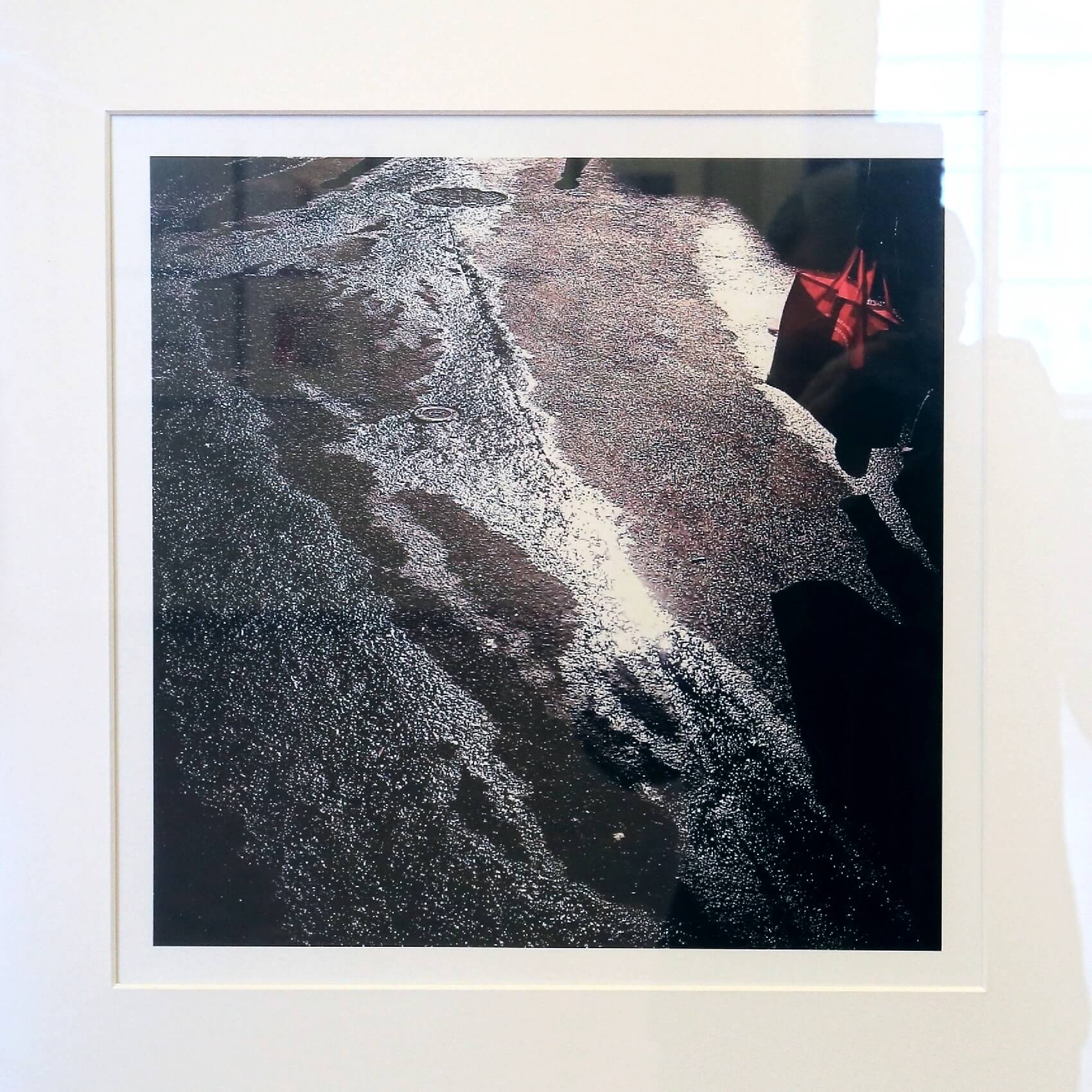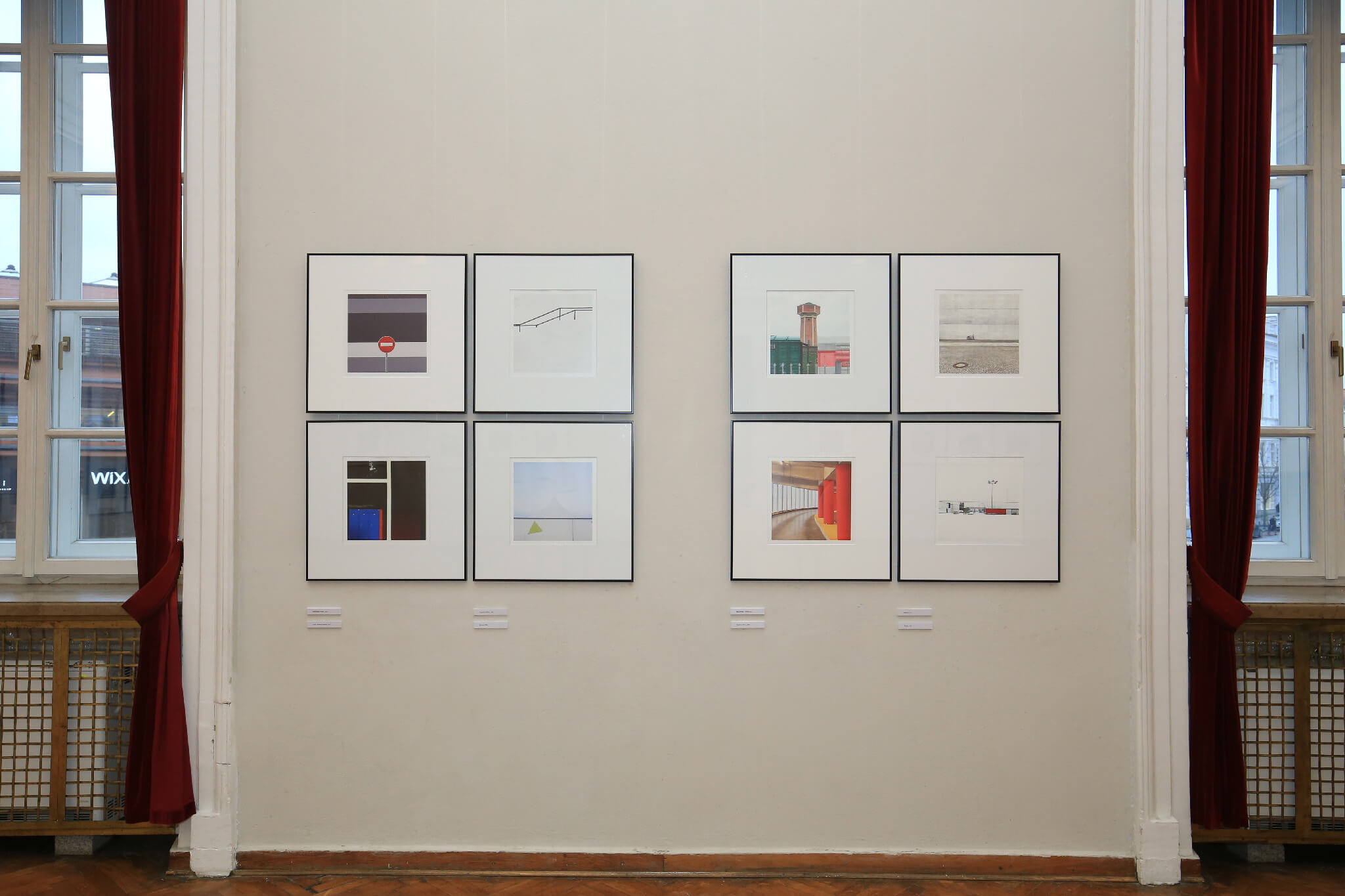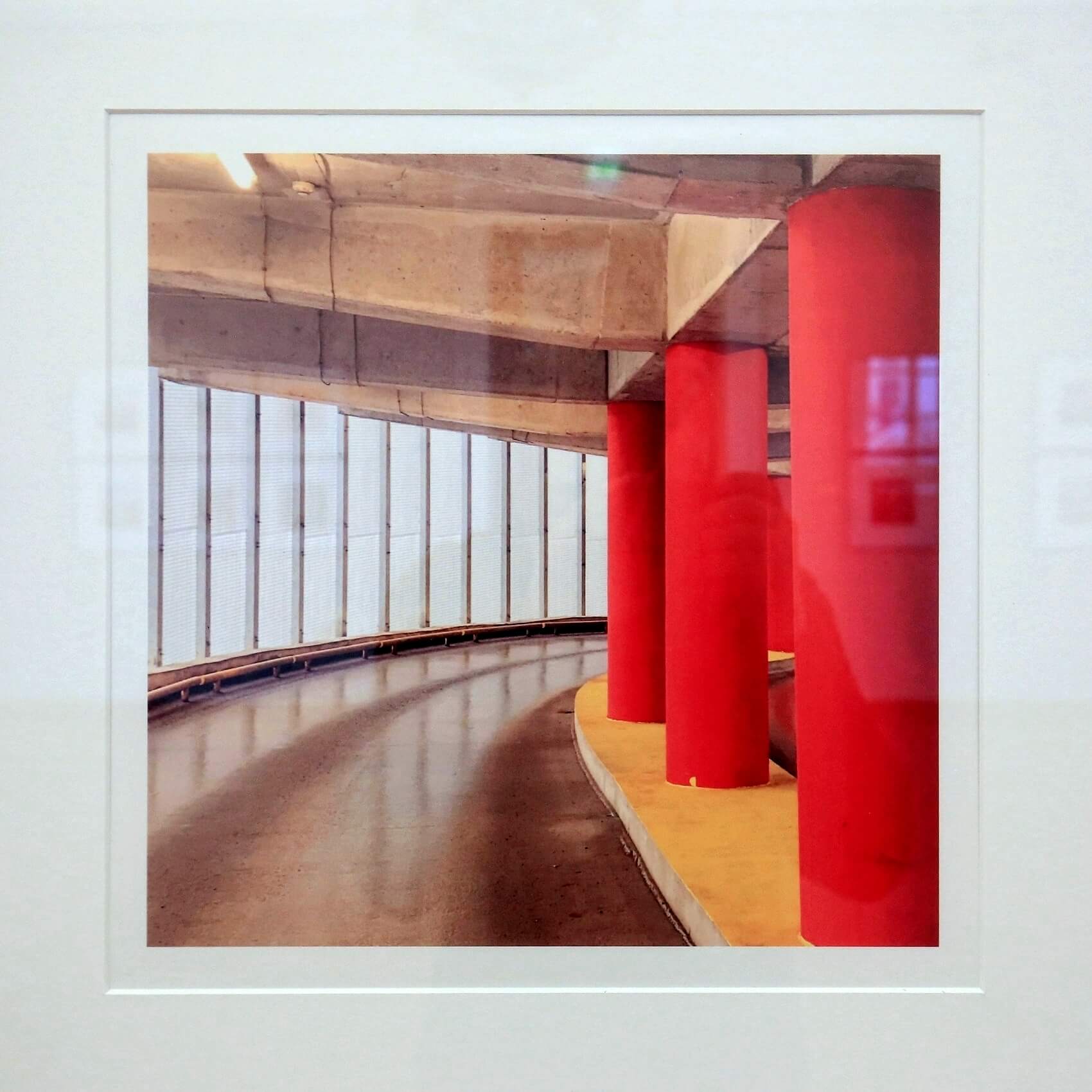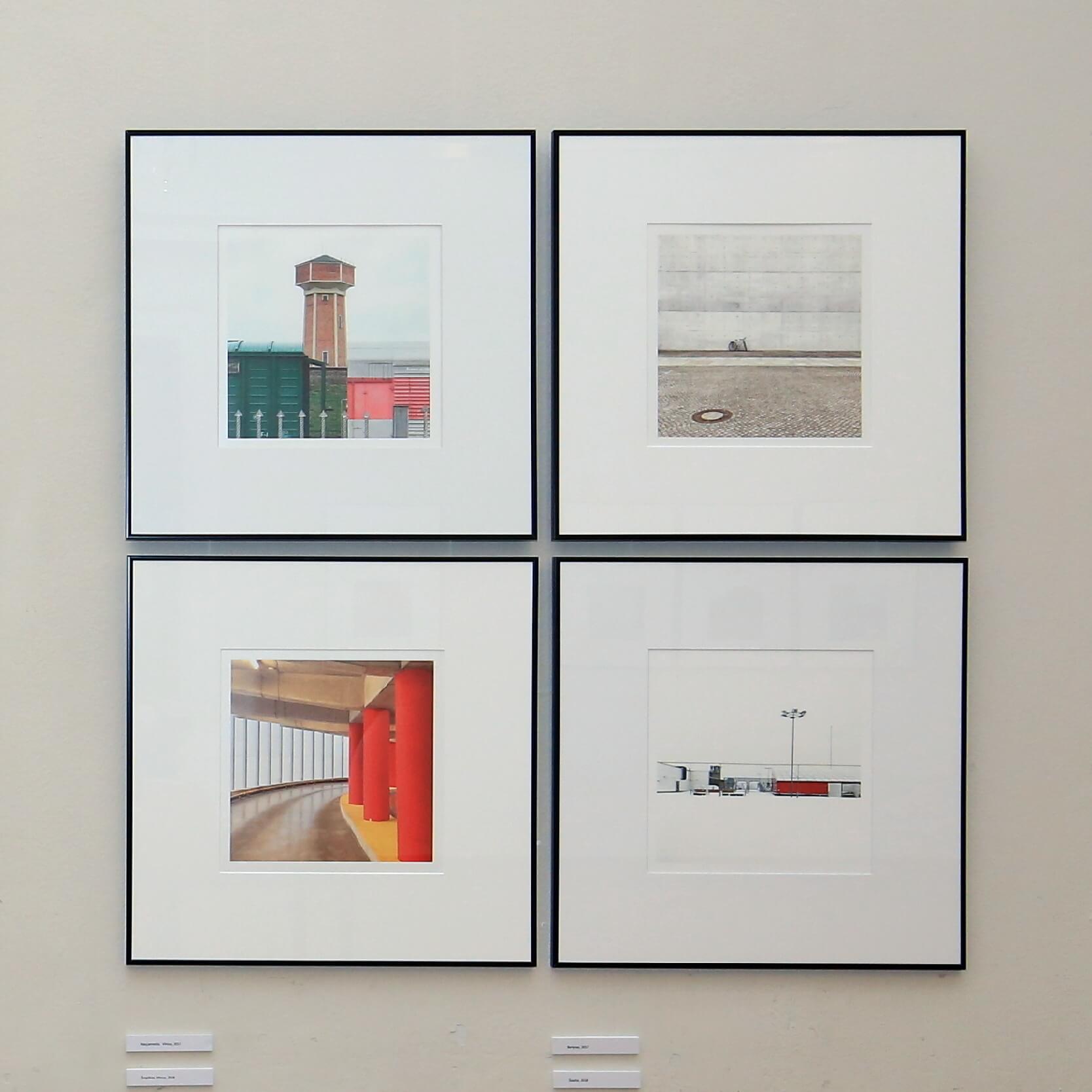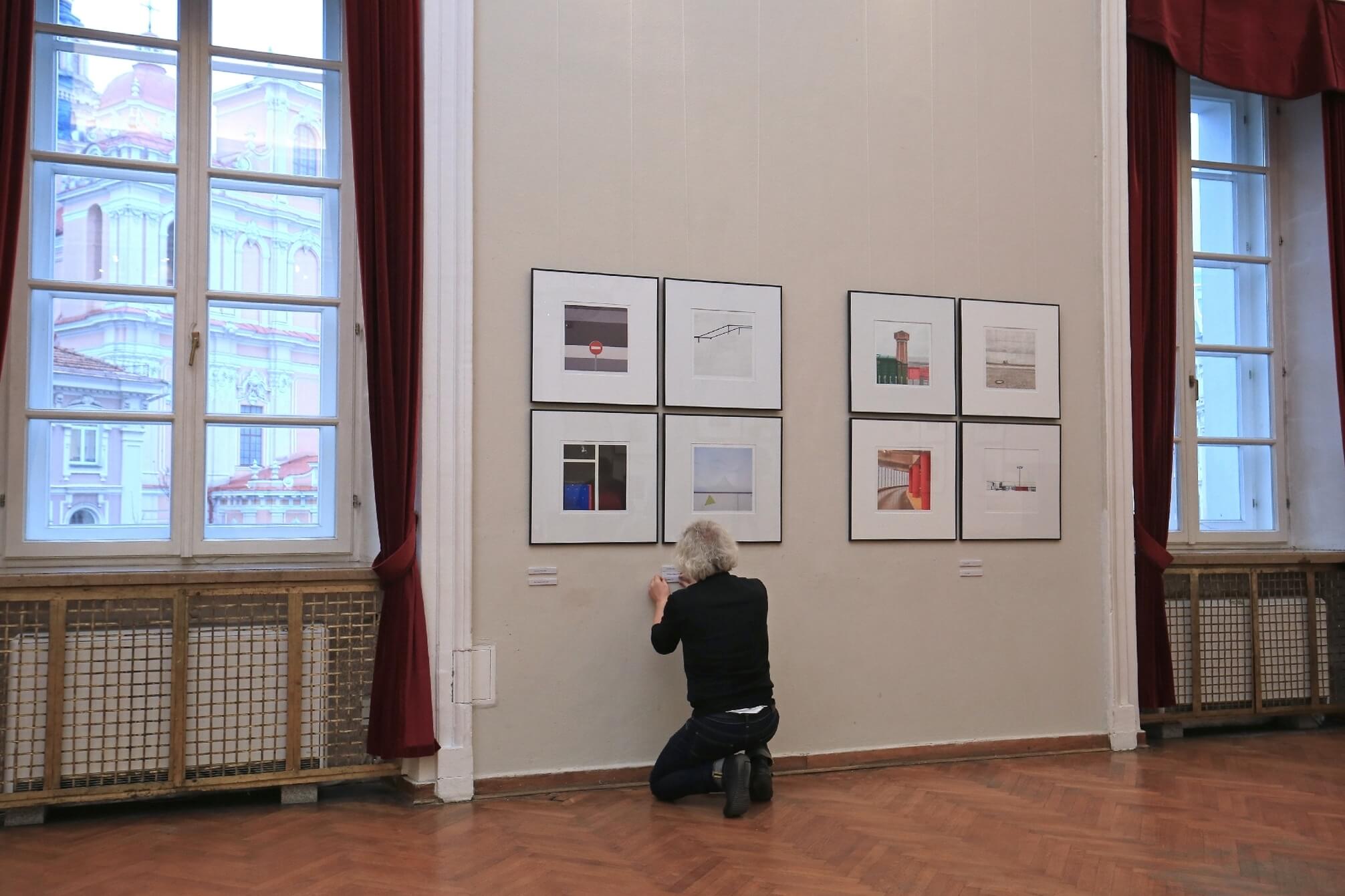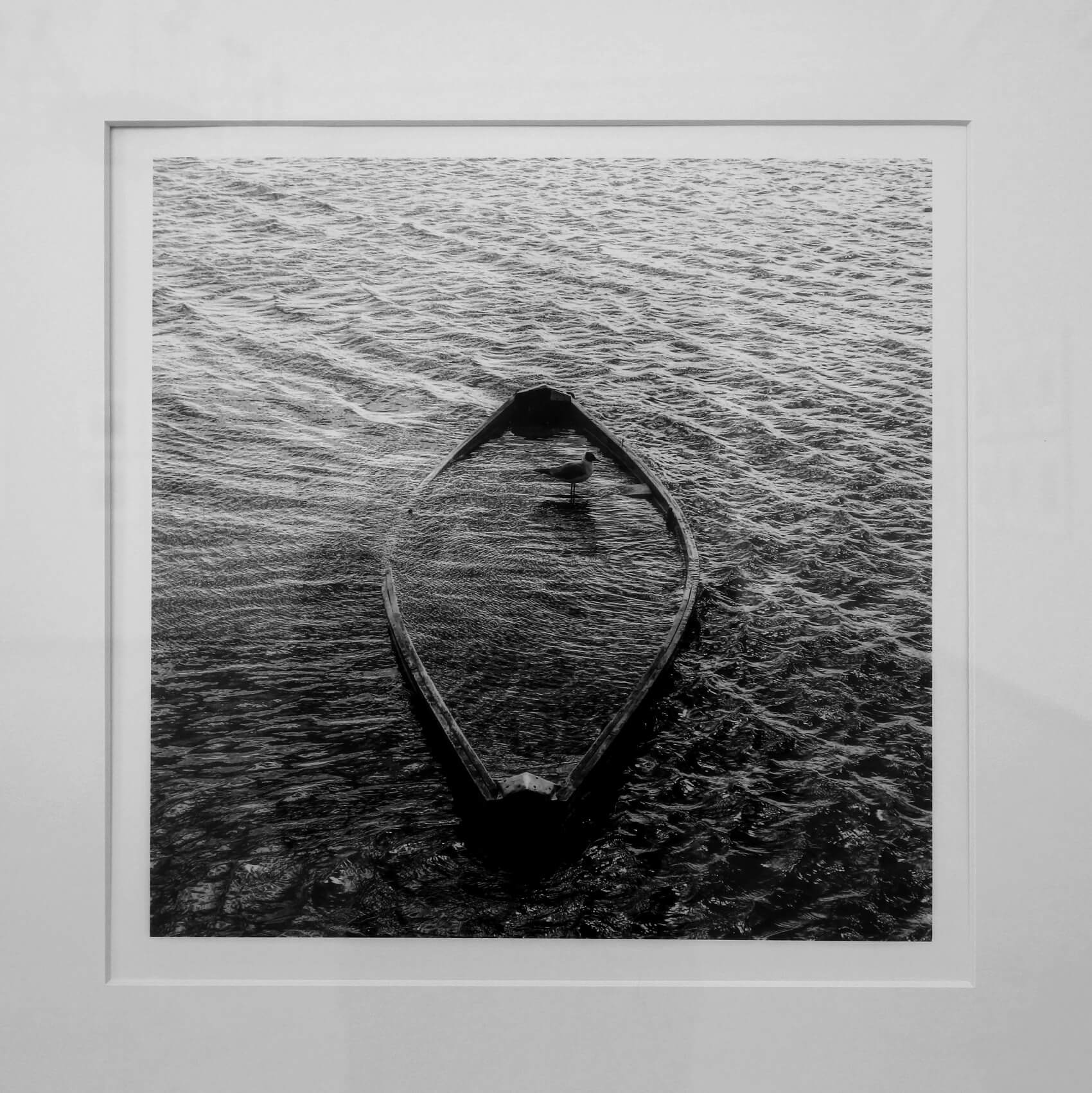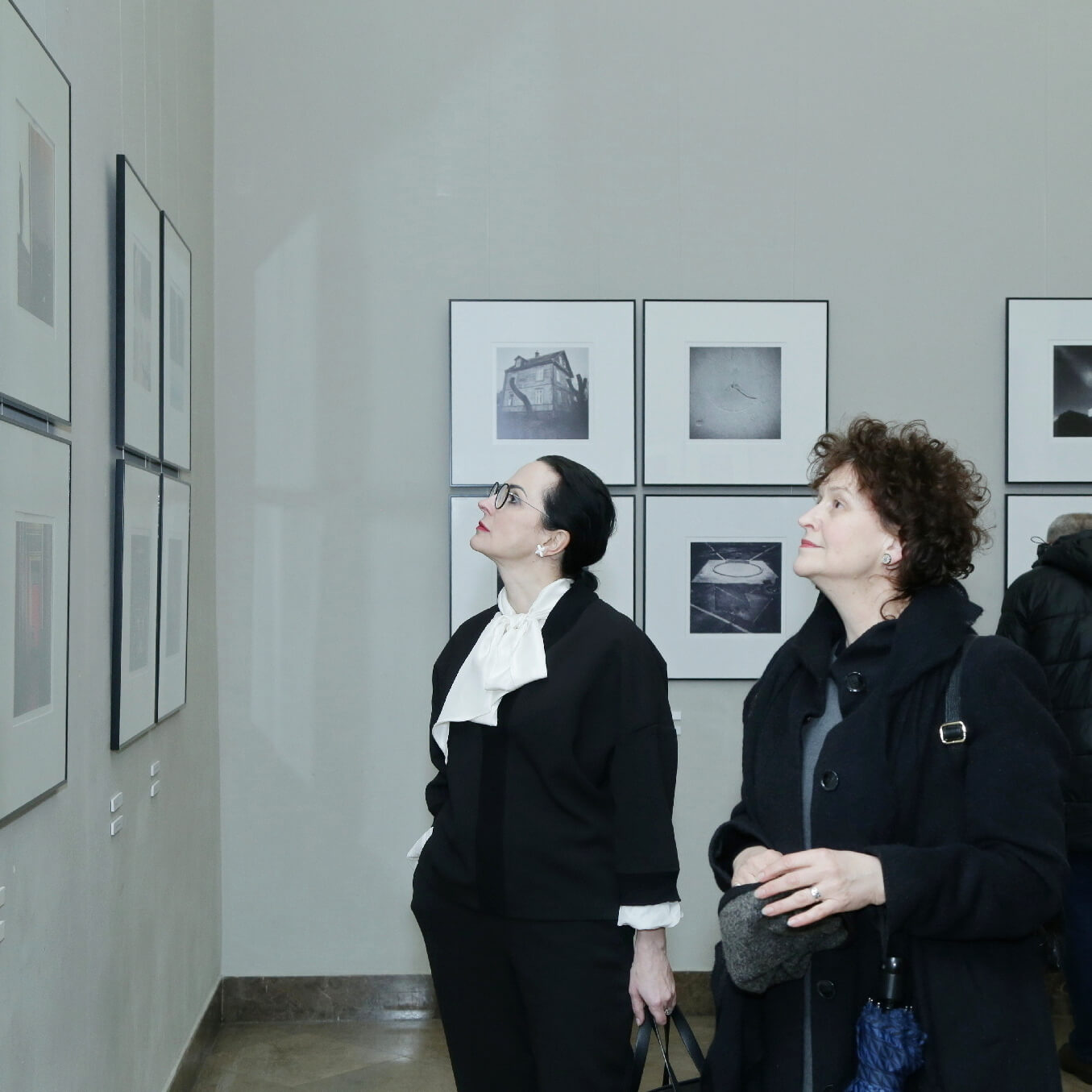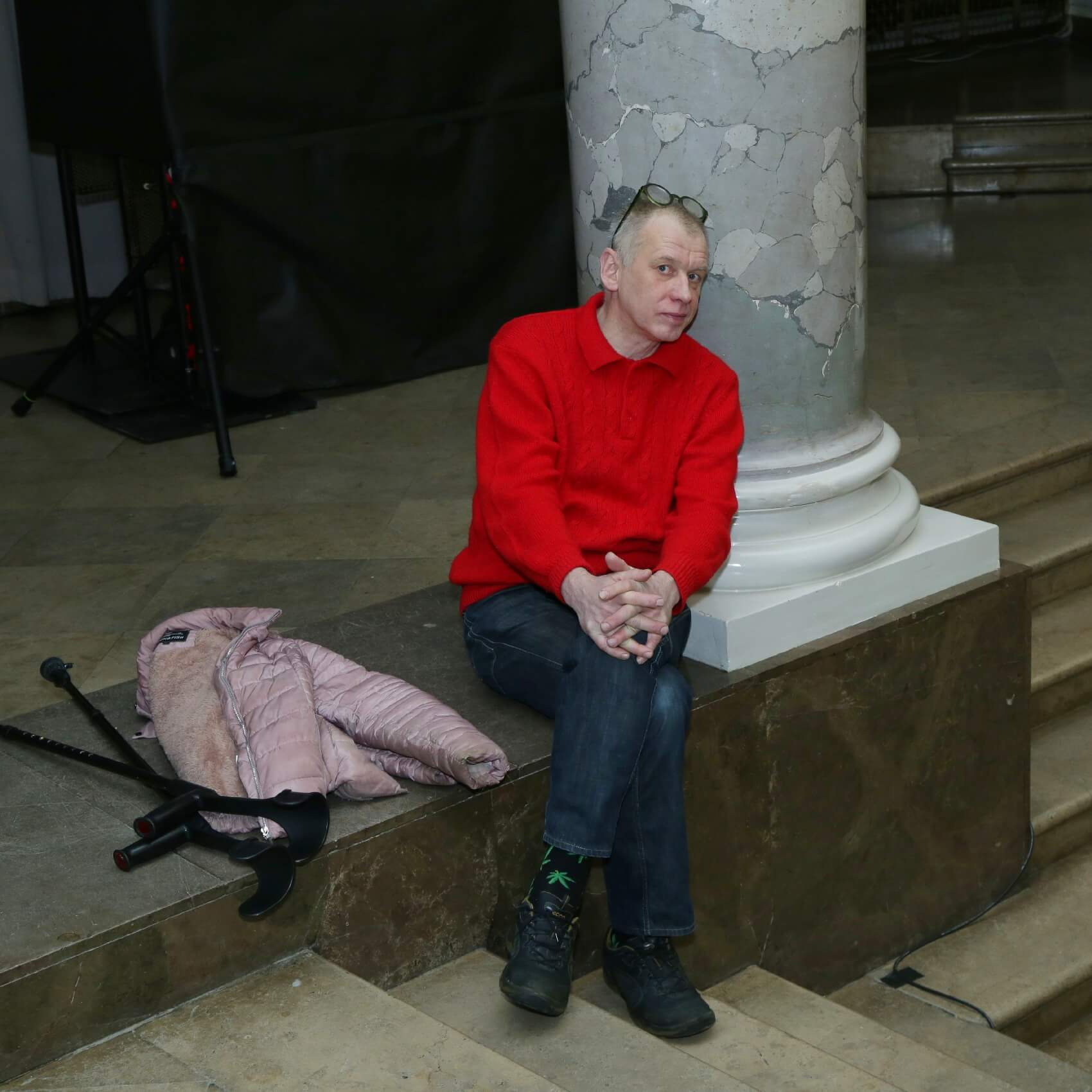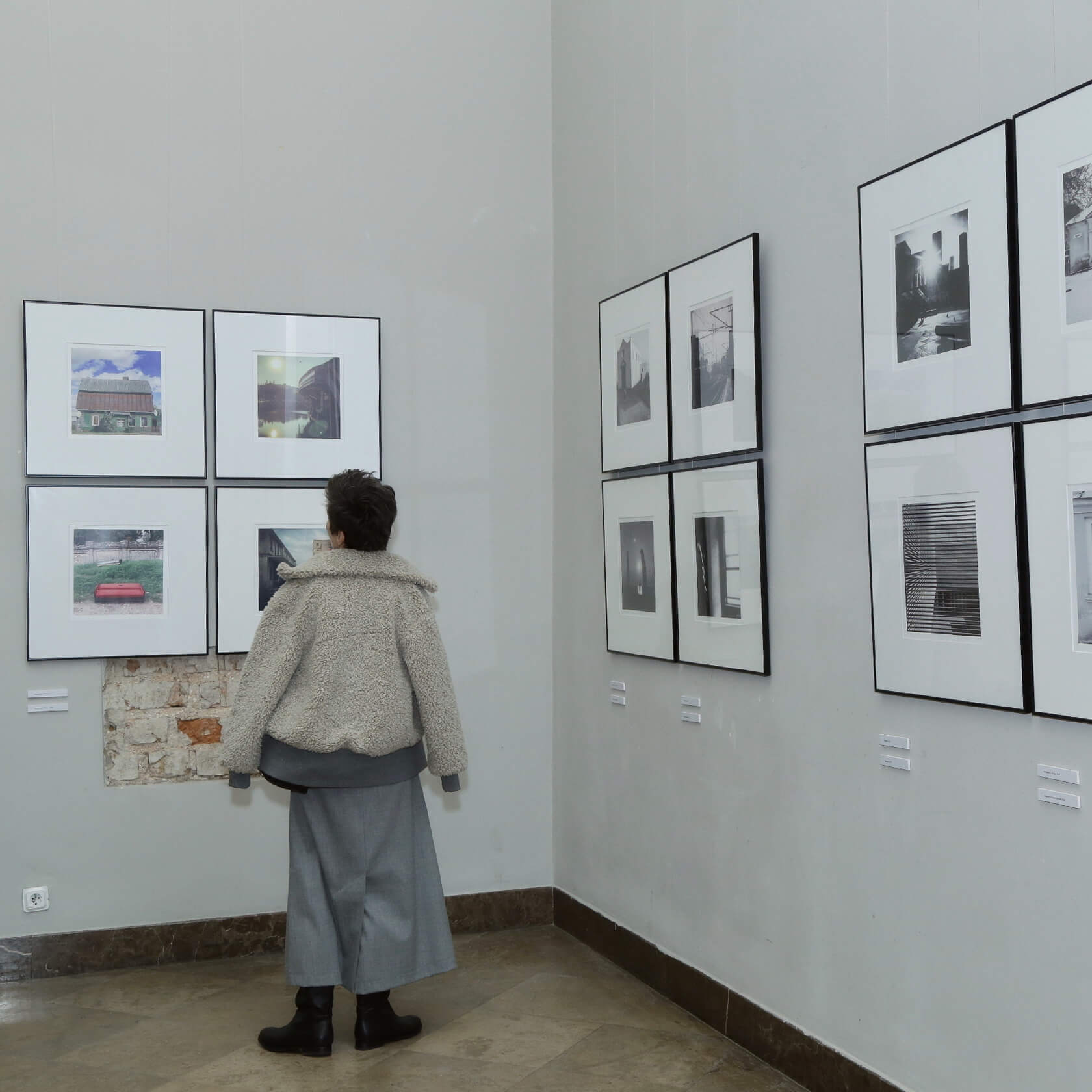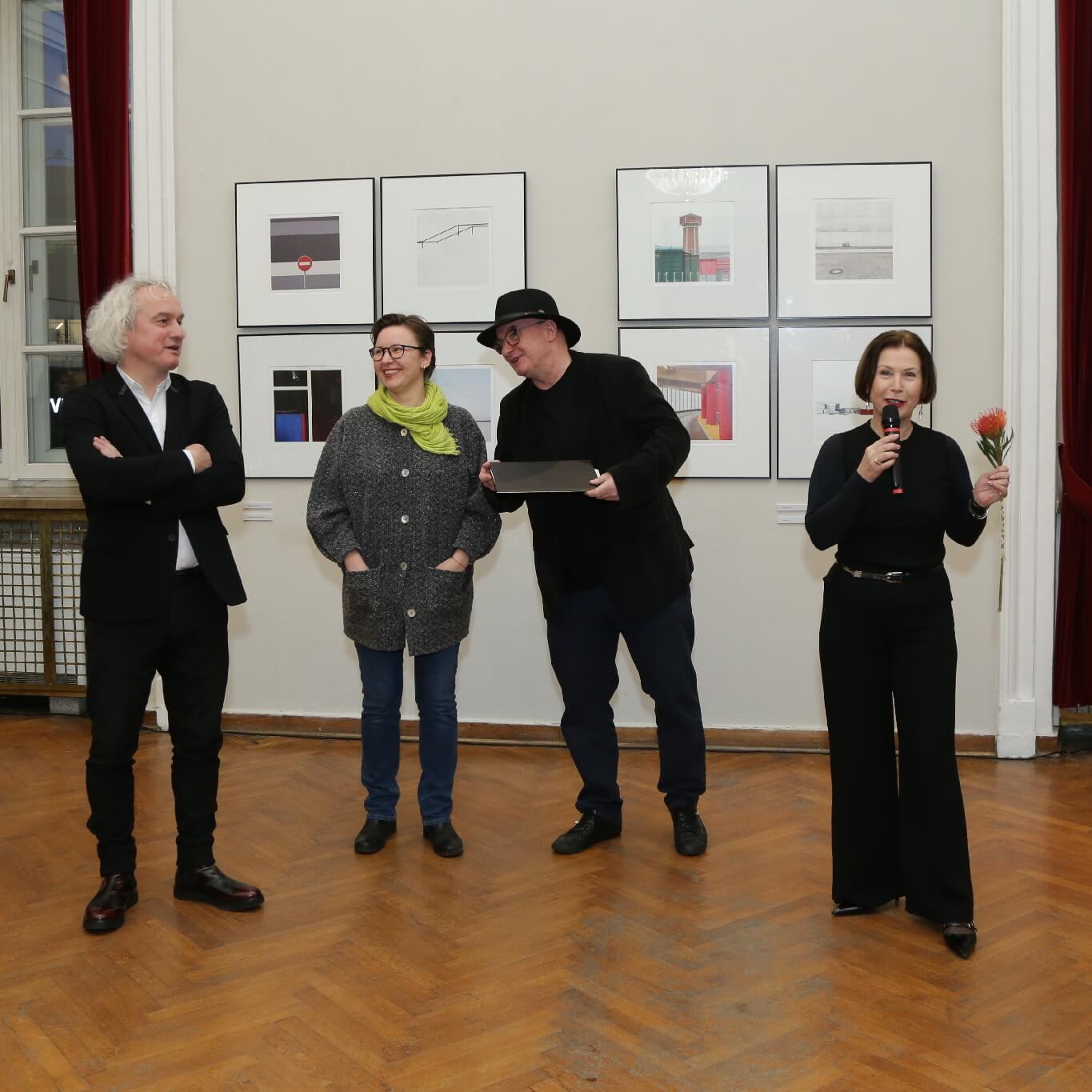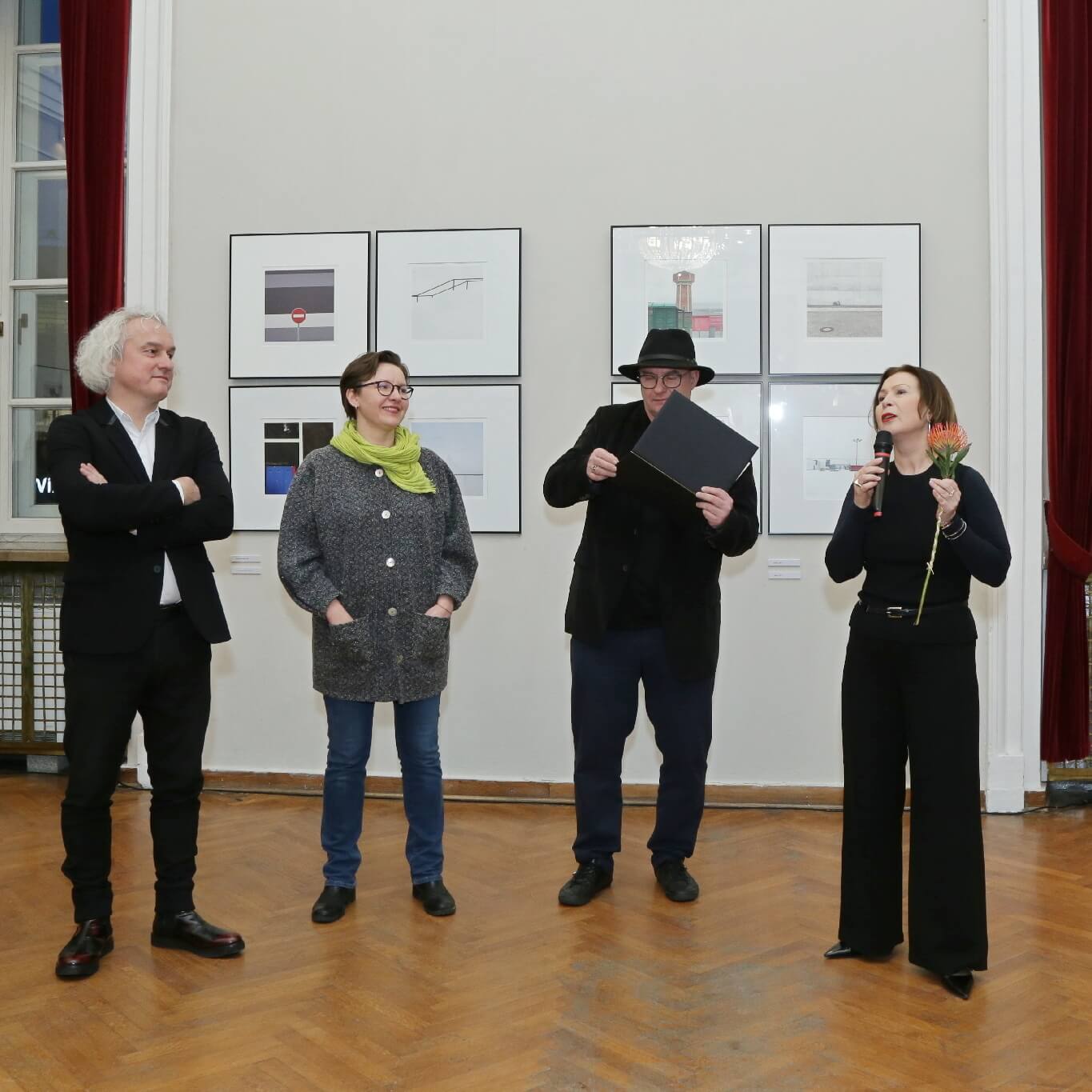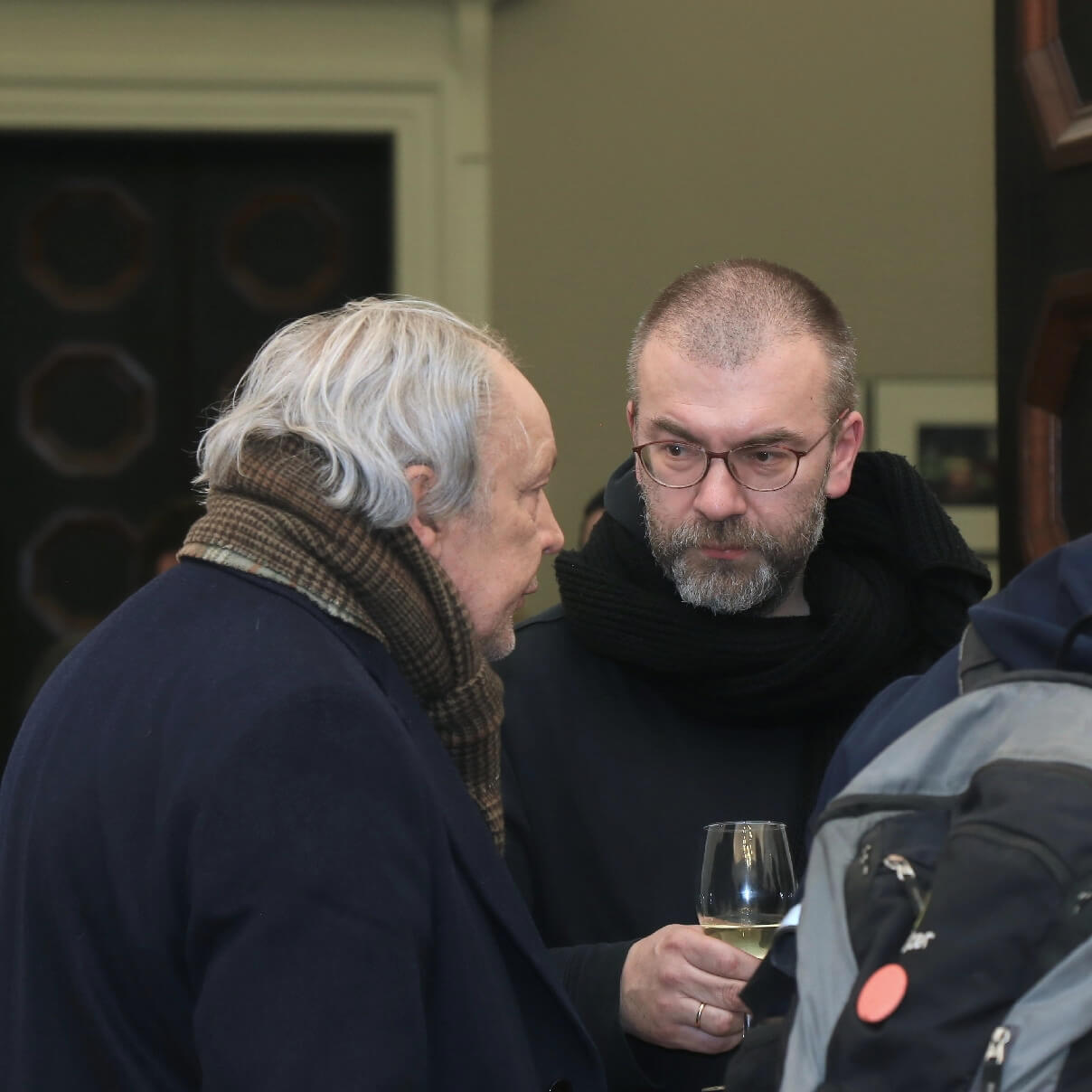Virginijus Kinčinaitis. Mobile photography exhibition "SUBLIME"
Virginijus Kinčinaitis is best known as someone being on the other side of the image – not the creating, but the exploring one. However, when we open the art criticism works by the author, it first turns out that he has constantly felt the persecution of images, has always been concerned about the behavior and effect of images, and in the long run, had to devise his own response. In this exhibition, Kinčinaitis is not the curator or writer, but a photographer or speaker in images. "Sublime" is a collection of associatively compiled photographic images, which the author has accumulated in the course of a few years purely for his own pleasure.
Perhaps the images would remain as extra-curricular activities presented only at Kinčinaitis‘ social networking profile and appreciated by a large circle of fans, if not the demanding interest from art historians, in which they recognized a number of image theories that work stunningly and very practically. The art anthropology proficient and prominent art historian Erika Grigoravičienė was the first to formulate the fact that photography by Virginius Kinčinaitis is very impressive and worthy of a separate discussion – which I echoed in the press, insisting on an exhibition, for several years. And here, finally.
Kinčinaitis‘ pool of images and grouping of photographs reminds me of the method of image understanding by the very originally ingenious cultural theorist Aby Warburg (1866-1929). Purely intuitively, the latter would make up sets of images from different historical periods that revealed invisible intercultural threads or something else unexpected. Nowadays, similar operations, as well as much more complex ones, can be performed by virtual operating systems – but these cannot experience the world as a human being does, especially a person with a gift for seeing and giving insight.
When taking pictures, Kinčinaitis not only records – he immediately interprets the image. Almost never the image, to him, is bare, primitive or empty. His view of the image is enriched by the cultural context, repetition, recollection, and an experience previously imagined. Every baby, naked person or old man has a prototype in painting, graphics, sculpture or myth, and/or a scene of poetry. Every gust of light or shadow of an old house has an equivalent of significant shape, so the images by Kinčinaitis are approaching the language signs that they once have escaped, yet still preserving the experiential layer. Here, the images-ghosts are defamiliarized, interchanged, and altered: statues embarass us with their vivid eros or mortality, a dropped pillowcase with a leopard head – with the magnificence of the Antique symbol, with adjacent images unlocking each other like the words placed next to each other in a line of poetry unlock meaning. The unexpectedness of the meanings makes one exclaim.
Although every image presented seems to have past images, meanings and cultures fastened all over it, there is not a distant hint of desperation experienced by some authors, which they express in saying "everything has been done, everything has been made, there is nothing left to create." Conversely, the richness of Kinčinaitis‘ imagery world develops one‘s spatial reasoning and feeling of complexity of interrelations in the world, and expands one‘s perception of affinity. And that means, they unify the humankind, and speak a universal language! Finding analogies between images that are not alike neither by context nor by composition gives the world a sense of logic, and therefore, security. With such abilities, Kinčinaitis could be a great manipulator, or a dream employee of ideologists – a dangerous person. However, wisdom, lust for life and, above all, fine sense of humor, lie in his eloquence of images. And this changes every little thing – keeping track of Kinčinaitis‘ imagery world is an irreplaceable pleasure, in each image individually and in groups, with the desire for them to never end.
Monika Krikštopaitytė
Virginijus Kinčinaitis
